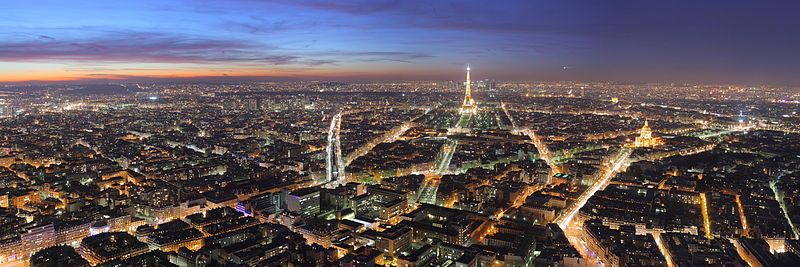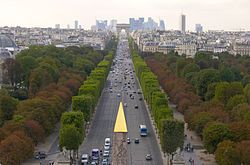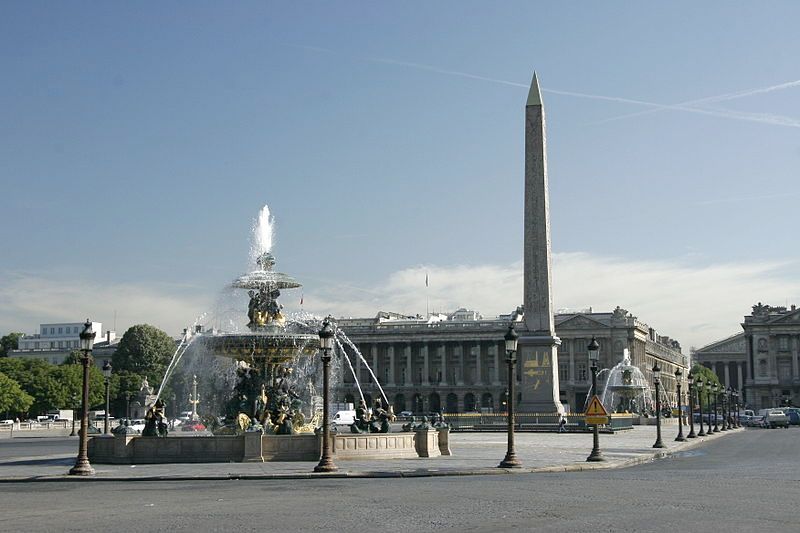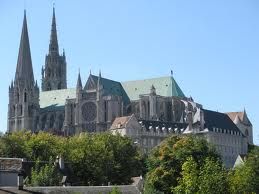History of the Cup
The Auld Mug (or more formally the “Royal Yacht Squadron £100 Cup”) was originally contested in 1851 between the America and 15 yachts of the Royal Yacht Squadron in a race around the Isle of Wight.
It is the oldest continually contested championship and the Cup was held by the New York Yacht Club from 1851 to 1983 (also a record).
After the defeat of Liberty by Australia 2 it’s bounced around a considerable bit between Australia, New Zealand, Switzerland (interesting because they have no sea coast, see Canadian challengers between 1870 and 1881), and of course the US.
Fast Boats
…for Ellison, the 2013 America’s Cup wasn’t about the race, per se. It was about disruptive innovation. It was about turning yachting into a sport for the masses. As Ellison put it, he was going to reinvent the America’s Cup for “the Facebook generation, not the Flintstones generation.”
The boats are fast. Really fast. and can hit speeds of 50+ mph regularly. They are literally faster than the wind and run just as fast upwind as down.
There are two principle reasons for this. First, and most important is the semi-rigid airfoil they call a wing-sail. Because this uses aero-dynamic lift to generate power instead of just being pushed along, it’s almost equally good whatever the wind direction and can generate more lift (power) than the air speed.
The second is hydrofoils. These lift the hull out of the water to reduce drag, the boats are literally flying. They also use hydro-dynamic effects to control other aspects of boat behavior which allows previously impossible maneuvers like turning on a dime. If improperly trimmed they can also cause a boat to pitchpole, capsizing end over end instead of sideways like you’re used to. It was a pitchpole that caused the death of Andrew Simpson.
The Races were also modified to be noticably shorter, sailing 2 a day with a firm 40 minute time limit per race. The course was shortened too, 5 legs- a Reach from inshore to the first mark, a Downwind leg to the second mark, an Upwind leg to the third mark, another Downwind leg to the fourth mark, and a reach to the Finish Line.
The Regatta
Team Oracle started the Regatta with a 2 Race penalty for cheating during the preliminaries on the 45 foot scale boats, meaning they had to win 11 Races before Emirates New Zealand won 9. This is quite a penalty, the harshest ever given in America’s Cup. Just what did they do to deserve this?
They used bags of lead pellets to change the trim and that’s about as cheating as it gets.
There was also a monetary fine (cost of doing business). Of more import were the crew sanctions. Team Oracle lost wing trimmer Dirk de Ridder (considered Spithill’s right-hand man) who was deemed the instigator of the plot. Also boat builder Andrew Walker and Bryce Ruthenberg, rigger, who carried it out. Matt Mitchell, a grinder, was suspended for four races.
Oracle did not start competition well, dropping 2 the first day only one of which was close and in the subsequent 3 races spliting 1 – 2 with the All Backs.
With perfect 20/20 hindsight most commentators point at the postponement called after Race 5 and the replacement of John Kostecki with Ben Ainslie at Team Oracle Tactician as the critical moment, and say that also was the day the modifications were made to make Oracle a faster boat. Let’s remember that at the time the Regatta stood only 4 – -1 in favor of Emirates New Zealand and they went on to score 4 more victories in the next 6 races to put the margin at 8 – 1 going into Race 12. It’s easy to forget that All Blacks were leading the Race 12 that wasn’t by a considerable margin before high winds forced its cancellation, and the abandoned Race 13 where they were a mile ahead.
I, on the other hand, think the pivotal turning point was the 5 day set of delays and postponements before Race 14 at the end of which the match stood at 8 – 3.
This is also when most people lost interest in the contest, thinking it a sure loss.
Another more important day was Sept. 16, when the All Blacks were still leading 7 – 1 and Team Oracle was struggling with finding the proper settings for the boat. That was a “reserve day”, scheduled to allow catching up on previous postponements. The All Blacks had the option of forcing a race day but declined use it. This gave Oracle more time to find the right adjustments to tune the boat.
Future Developments
Larry Ellison’s oft stated goal is to turn America’s Cup yacht Racing into Formula One for boats. He wants to create a “World Series” of yacht racing similar to what he attempted this defense with a series of regattas at various important and well known racing ports using smaller, cheaper, and more rigidly formula boats to train crews and build interest.
If you saw any of the support racing you know it can be interesting, especially the “free for all” races where you have many boats racing at once instead of just two match racing. Kind of like Turn Left in the water (Holy chunks of flaming twisted metal Batman!).
And of course there will be TV.
Larry Ellison’s Amazing Victory and Huge Failure
By Jonathan Mahler, Bloomberg News
Sep 25, 2013 6:13 PM ET
New Zealand would probably have won the cup several days ago, were it not for the 40-minute time limit that Ellison imposed on the races. (Imagine, say, the results of the New York City Marathon being decalred invalid because it was an unexpectedly windy day and the race times weren’t fast enough.)
Ellison did this for the purposes of making the cup more TV-friendly. In fact, for Ellison, the 2013 America’s Cup wasn’t about the race, per se. It was about disruptive innovation. It was about turning yachting into a sport for the masses. As Ellison put it, he was going to reinvent the America’s Cup for “the Facebook generation, not the Flintstones generation.”
Toward that end, Ellison added helicopter-mounted cameras and microphones on the boats. He even hired the guy who brought the virtual first-down line to the NFL’s broadcasts and the glowing hockey puck to the NHL’s.
At the end of the day, though, in trying to make the America’s Cup a TV spectacle, Ellison made it anything but. Sure, the boats look cool and go fast, but they are way too expensive to build and maintain for the costs to be offset by advertising. What’s more, the event was supposed to be over days ago but was delayed several times by weather conditions. One day it was too much wind, another day too little for these finicky, high-performance craft. How, exactly, do you create a TV spectacle around an event whose timing you can’t predict? (Even Wimbledon was forced to add a retractable roof!)
NBC Gets More Than It Expected
By RICHARD SANDOMIR, The New York Times
Published: September 25, 2013
NBC got a great deal: it paid nothing for the Cup races – the America’s Cup Event Authority bought time on NBC and NBCSN and sold advertising to its sponsors – and used the race production that was hosted by the Cup. But NBC also got lucky, televising a remarkable comeback.
…
NBC and its cable network, NBCSN, showed 13 days of racing starting on Sept. 7. NBC averaged 1.05 million viewers on the first two days; through the next 10, including Tuesday, NBCSN averaged about 165,000 viewers – about twice what it usually attracts from 4 p.m. to 6 p.m. Eastern.
Put into context, the America’s Cup races attracted more viewers for NBC Sports Group than for Major League Soccer games (111,000) but fewer than it received for its live Tour de France coverage (287,000) or its Formula One races (203,000 to date).
…
The America’s Cup was once a much stronger draw. The event became a late-night sensation in 1987 from Fremantle, Australia. In the final race, when Stars and Stripes defeated Kookaburra III, nearly 1.9 million television households watched on ESPN.
So I don’t think there’s any need for Mr. Ellison to get unduly pessimistic about his prospects.
There are rumors that the race will move from San Francisco to Lanai, the Hawaiian island Ellison recently purchased. That’s a Billionaire (#8 worldwide) joke folks. Lanai is too remote for the crowds Ellison craves, and why would h want to stink it up with crowds and media, not to mention the time zone problem (races would start around 10 pm ET).
Another frequent complaint is that there aren’t enough Americans in the America’s Cup. You hear this most strongly from the Kiwis who have indicated that they might not mount a challenge next cycle and have complained for years that all their best talent is hired away. There is a possibility that there may be some kind of “nationality quota” in the near future.
The next challenger of record for the Cup is set to be the Hamilton Island Yacht Club from Queensland, Australia. As challenger of record they will negotiate with the defending Golden Gate Yacht Club (actually Larry Ellison) about the rules for the next round. Don’t pretend they have a lot of influence though, the New York Yacht sat on the Auld Mug from 1920 to 1930 and again from 1937 to 1958 because they didn’t like the cut of the challenger’s jib.
After the racing there was a lot of talk about changing the formula. I don’t think the AC72s are uniquely dangerous or expensive. A big rap against them is that when you’re foiling and dip your bow you can easily get an end over end crash. This is unusual for a boat, but falling off your foils is almost always pilot error. Likewise, the formula is so different and so new this time around that everything is incredibly expensive.
I think that if you keep the formula the same you reduce the learning curve and standardize the parts making them cheaper. The costliest things at the moment are research and development, and training. Now that potential rivals have had a change to see and learn from the mistakes of these prototypes I think that you can expect the next roud to be faster, safer, and cheaper so that more teams can participate.
Wikipedia-
2013 America’s Cup Official Site
Below the fold you will find a sampling of stories from Bloomberg News, Bloomberg News Video, The New York Times, The Guardian, and The San Jose Mercury; as well as complete OFFICIAL Video coverage of all Races, Postponements, and Press Conferences with a short summary of each Race’s action and the reason for delays and postponements.

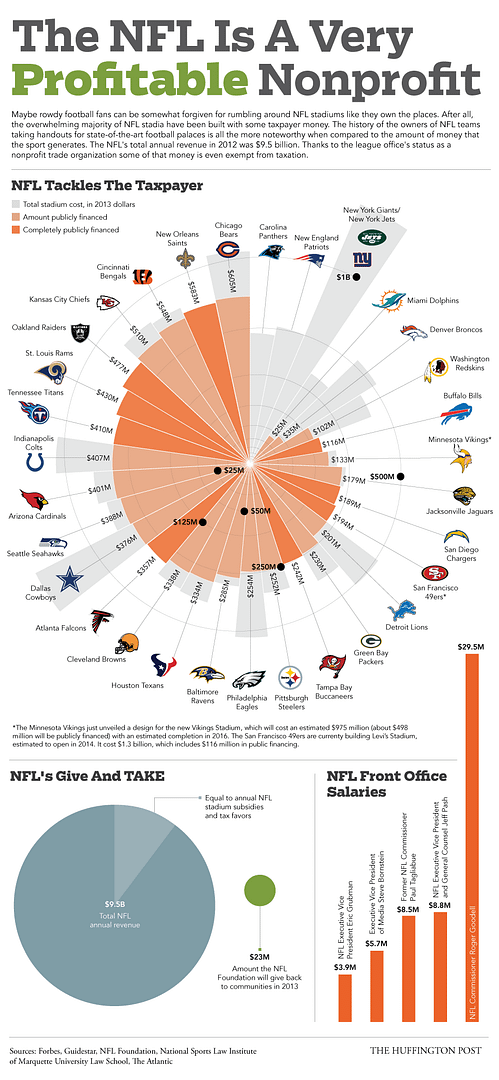
 At the age of 15, already an elite swimmer, Ms. Vollmer, from Granbury, Tex., was taken to a local doctor after experiencing dizzy spells while training. Doctors discovered she had an abnormal heartbeat and set up a procedure to correct it. But they then discovered she had a genetic cardiac electrical disorder called long QT syndrome, which could lead at any moment to sudden cardiac arrest.
At the age of 15, already an elite swimmer, Ms. Vollmer, from Granbury, Tex., was taken to a local doctor after experiencing dizzy spells while training. Doctors discovered she had an abnormal heartbeat and set up a procedure to correct it. But they then discovered she had a genetic cardiac electrical disorder called long QT syndrome, which could lead at any moment to sudden cardiac arrest.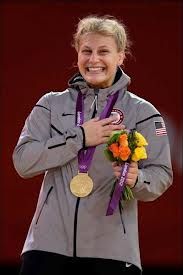 In November 2007, a man pleaded guilty in a federal court in Dayton, Ohio, to illicit sexual conduct involving a 13-year-old girl. He was a judo coach, and the girl was a student he had trained closely and brought to international tournaments. Her name was given in court papers simply as “K.H.” or “the victim.” [..]
In November 2007, a man pleaded guilty in a federal court in Dayton, Ohio, to illicit sexual conduct involving a 13-year-old girl. He was a judo coach, and the girl was a student he had trained closely and brought to international tournaments. Her name was given in court papers simply as “K.H.” or “the victim.” [..]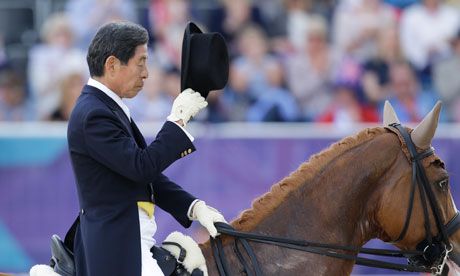 The crowd did not go wild for Hiroshi Hoketsu of Japan as he rode Whisper out on to the sand of the Greenwich Park equestrian arena at one o’clock on Thursday afternoon. It wasn’t a question of bad manners; more a question of consideration.
The crowd did not go wild for Hiroshi Hoketsu of Japan as he rode Whisper out on to the sand of the Greenwich Park equestrian arena at one o’clock on Thursday afternoon. It wasn’t a question of bad manners; more a question of consideration.
